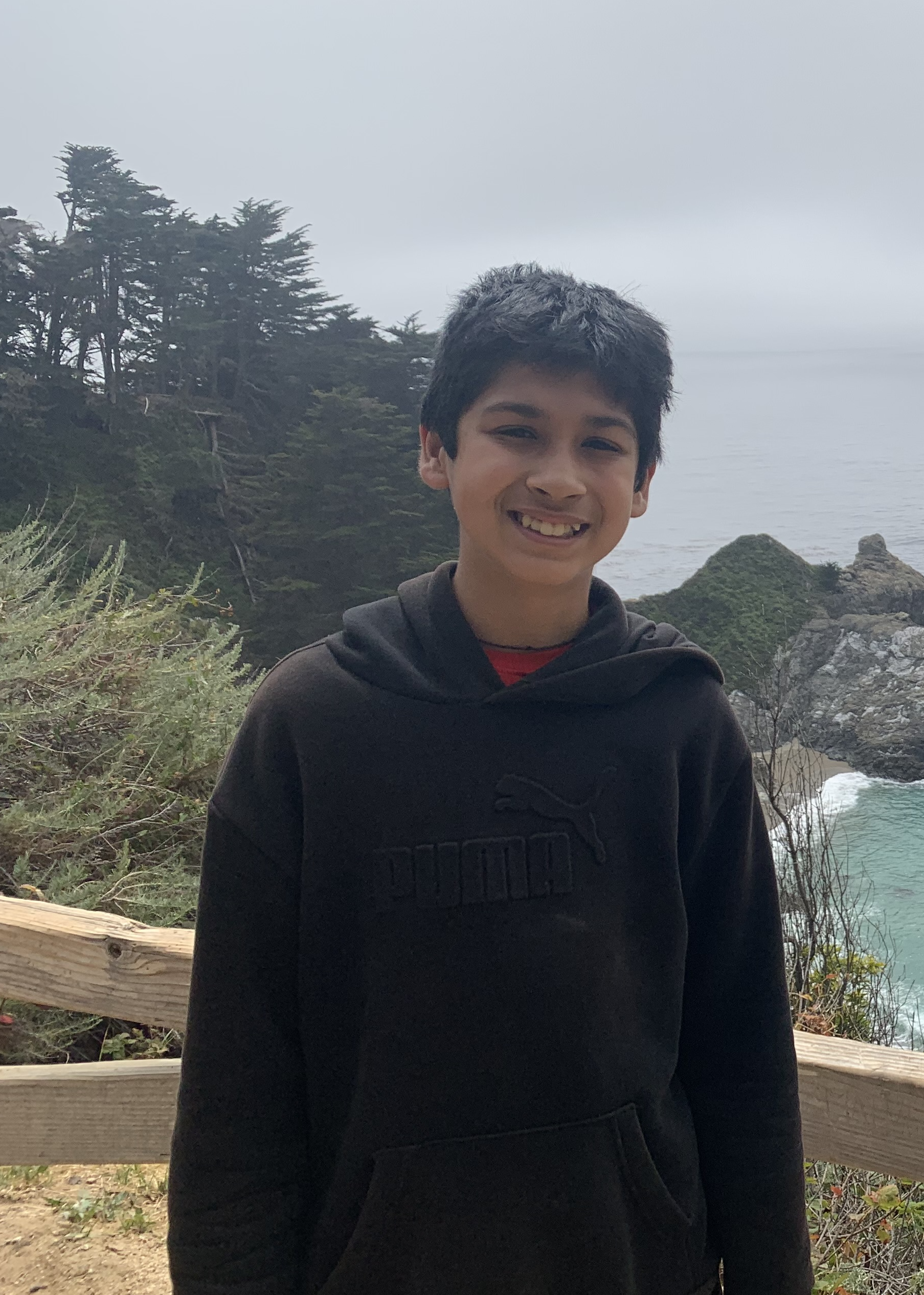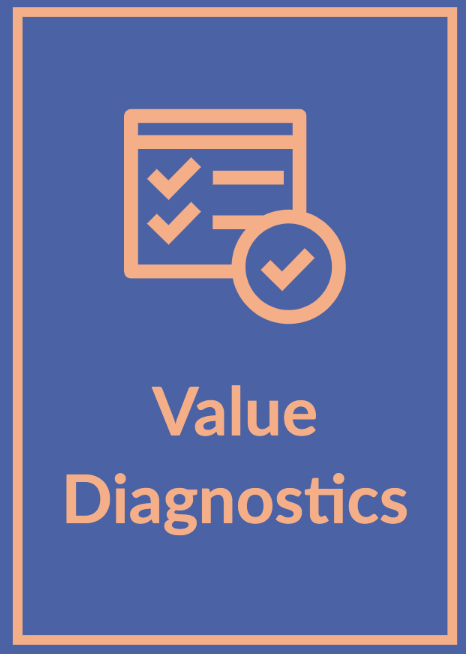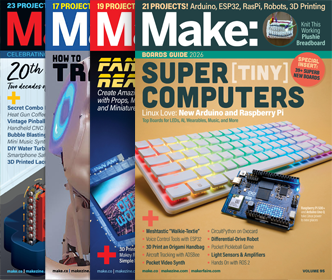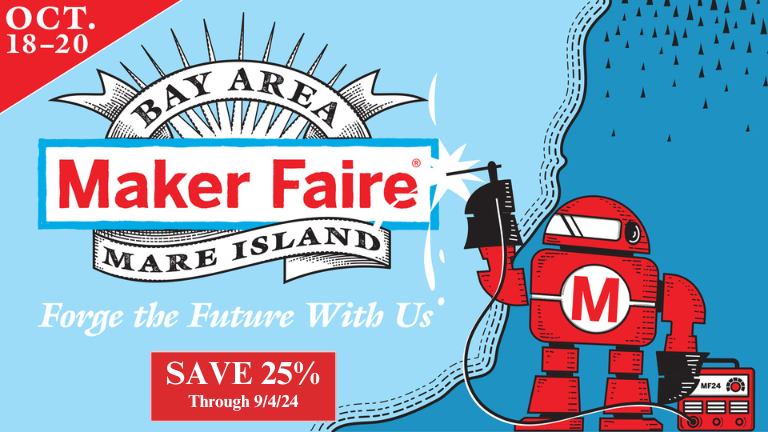The Values Diagnostics Project
By Sohum Uttamchandani
Matching caregivers and caretakers based on their values. Ensuring that care receivers get a desirable experience from caregivers, as well as caregivers get a stable and satisfying job.
Type: Social Impact

What inspired you or what is the idea that got you started?
In 5th grade, I had to get a caregiver because my parents weren’t available to pick me up after school. After the first few encounters with my caregiver, I knew one thing in my mind, I absolutely HATED this caregiver. I also realized that there were many other kids in my school going through much worse situations with their caregiver(s). Since I had already been through a situation of getting a bad caregiver, I wanted to make it better for the future. There was also the other side of the equation – caregivers are being fired because their care-receiver has a problem with them. This inspired me to make a comparison to see how well your possible caregiver fits what you want out of them. This solves both sides of the initial issue with more enjoyable care for the receiver and a stable occupation for the caregiver. This was the inspiration for my idea!
What is your project about and how does it work?
My project matches caregivers and caretakers on their values. It compares the values that the care receiver wants from a caregiver to recommend caregivers that best match the needs of a care receiver.
It works as follows: caregivers and caretakers select from among a list of 24 values that span six major categories suggested by the VIA Institute on Character (an Ohio-based non-profit organization). Both parties select five values from the list, and the algorithms compare the two sets of values. The output after computation consists of four scores: 1) how similar their values are; 2) how diverse their values differ; 3) how well the caregiver’s values can stimulate the values the care receiver wanted; 4) an overall score for how compatible the two parties are. These values can then be used to assist with the decision of the occupation taking place.
What did you learn by doing this project?
Doing this project helped me learn a good amount of interesting real-life scenarios. While testing my algorithm that matches different combinations of caregiver and care receiver values, I had to devise several “common sense” criteria to test the correctness of my recommendations. For example, a perfect match that has been proven historically many times, can’t be coming out as 13% compatible in my algorithm. Due to constant F’s on the common sense test, I had to keep tweaking my algorithms to make sense, eventually bringing up my common sense test scores through tons of trial and error. As a byproduct of the tweaking, I gained information based on what types go well together, and what types will fail. This learning was helpful in clarifying my own values, and retrospecting compatibility red flags from my past experiences.
What impact does your project have on others as well as yourself?
The impact of my project is two-sided. On one side is a desirable experience for the care receiver and on the other side, it's a stable occupation for the caregiver. My values matching algorithm aims to create a win-win for both caregivers and care receivers. I have already used the project to help my parents shortlist caregivers for me – I can now ensure that this will minimize the probability of another bad caregiver experience! Also, I am hooked to continue working on the algorithm and making it better and better.





